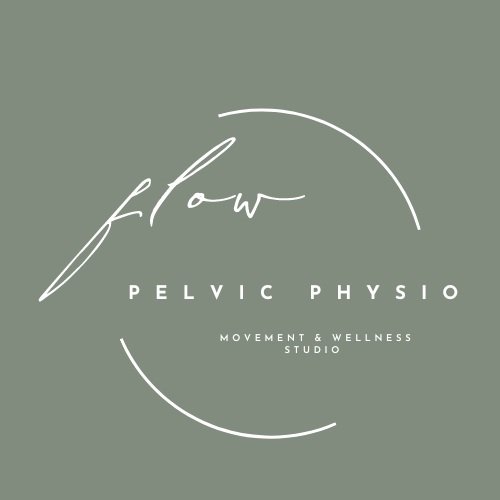Exercise during pregnancy
Pregnancy is a busy and exciting time! Women who are already physically active generally want to remain that way, and those that are less active often want to commence exercise during this time. Knowing what type of exercise to do can be hard to navigate as there is a lot of different information and opinions online, it’s easy to be confused and overwhelmed!
The Royal Australian and New College of Obstetricians and Gynaecologists (RANZCOG) have clear guidelines for exercise during pregnancy. If there are no health or pregnancy related reason as to why you shouldn’t exercise, regular exercise should be encouraged, adhering to the following principles;
Frequency: Aim to be active on most, preferably all, days of the week If you are currently inactive or overweight, start with 3 to 4 days per week or every other day.
Intensity: A moderate level of exercise is recommended, which should feel like you are working ‘somewhat hard’. The ‘talk test’ i.e able to maintain a conversation, or some ‘huff and puff’ can be a good guide to monitor how hard you perceive you are working. For women with a high level of fitness who are accustomed to regular vigorous exercise, there is no evidence to suggest that vigorous exercise during pregnancy is harmful, provided that you listen to your body and adjust your routine over time.
Duration: 2.5 to 5 hours of moderate intensity physical activity each week. Preferably across most days of the week for at least 30 minutes at a time. If you are currently inactive or overweight, start with 15 to 20 minutes and slowly build up to 30 minutes per session. Not advisable to extend duration beyond 60 minutes per session unless intensity is relatively light.
Type:
Aerobic exercise: e.g walking at a brisk pace, stationary bike swimming (avoid heated spas, hydro pools).
Pre-pregnancy, if you are already running regularly there is no evidence to say whether you should continue or not. This is a decision made with the individual and their health care team.
Strength training: 1-2 sets of 12-15 rep for each exercise focussing on major muscle groups, twice per week on alternate days. At Flow Pelvic Physio, we can prescribe a home or gym based program specifically for you.
Avoid heavy weight-lifting and remember to ‘exhale during exertion.’
Avoid exercising flat on your back after the first trimester.
Other considerations:
Incorporate warm up and cool down within sessions
Avoid exercising at high temperatures, humidity
Hydrate adequately and dress appropriately
Avoid activities with risk of falling (eg skiing, horseriding) or trauma to your belly (contact sports)
Pelvic floor exercises should be undertaken throughout your pregnancy. For an individual assessment and program see our pelvic health physios
Take can with weight bearing and direction changes
Reduce sedentary behaviours such as prolonged sitting
Benefits of exercise:
Lower blood pressure and reduce risk of preeclampsia
Reduced gestational diabetes risk
Prevention of excessive weight gain
Prevention of blood pressure complications
Improved psychological wellbeing
Risks:
Prior to commencing an exercise program speak with your Doctor or Midwife to ensure you don’t have any health conditions that may affect your suitability for exercise
Warnings signs that you should cease exercise and seek medical attention:
Chest pain
Unexplained shortness of breath
Dizziness, feeling faint or headache
Muscle weakness
Calf pain, swelling or redness
Sudden swelling of the ankles, hands or fac
Vaginal bleeding or amniotic fluid loss
Decreased foetal movement
Uterine contractions or pain in the lower back, pelvic area or abdomen (potentially indicating preterm labour
References:
RANZCOG guidelines retrieved from: https://ranzcog.edu.au/wp-content/uploads/2022/06/Exercise-during-pregnancy-pamphlet.pdf
*Disclaimer: Please note this is not individualised advice and are general guidelines for a low risk pregnancy. Before commencing an exercise program please speak to your qualified health professional to identify any precautions or contraindications to exercise.


